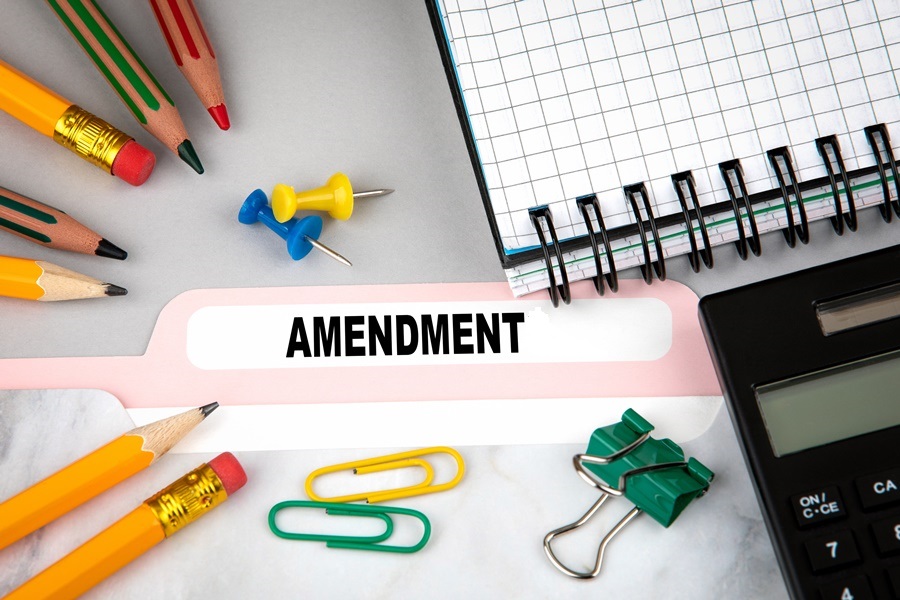
Current and prospective clients ask me all the time, “How long to register a trademark in the US?” Unfortunately, there’s no one-size-fits-all answer to that seemingly simple question. Depending on your particular situation, it could be a little over a year. But, in some cases, it could take many years. The good news is that no matter how long it takes for the United States Patent and Trademark Office (USPTO) to issue the Certificate of Registration, all of your federal trademark rights date back to the filing date of your trademark application. In other words, it’s not the actual registration date that matters. In fact, the registration date is only relevant to calculate trademark registration renewal and maintenance deadlines. It’s the application filing date that reserves your nationwide priority to use your trademark in connection with the advertising and sale of the products/services listed in your application.
Read more





